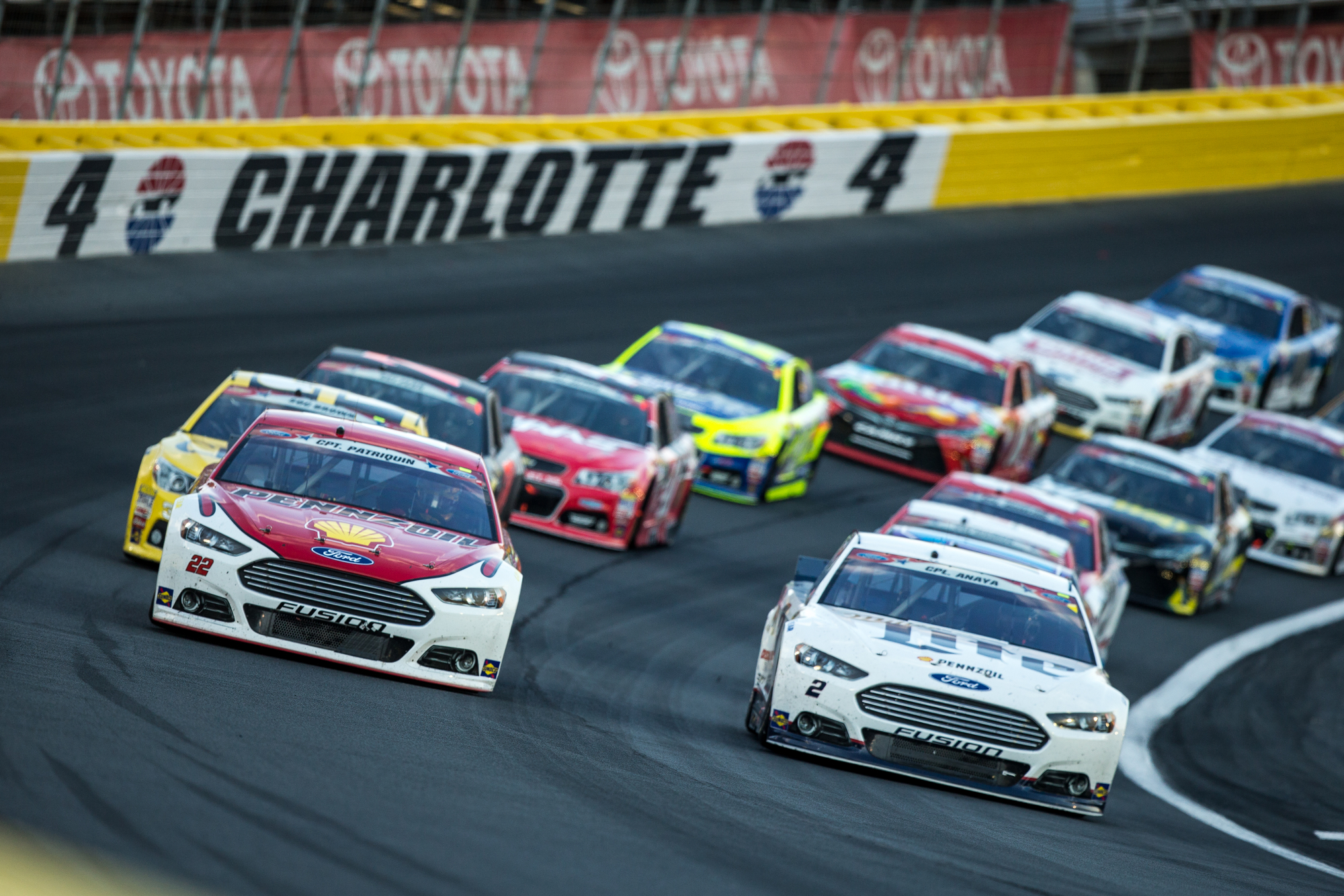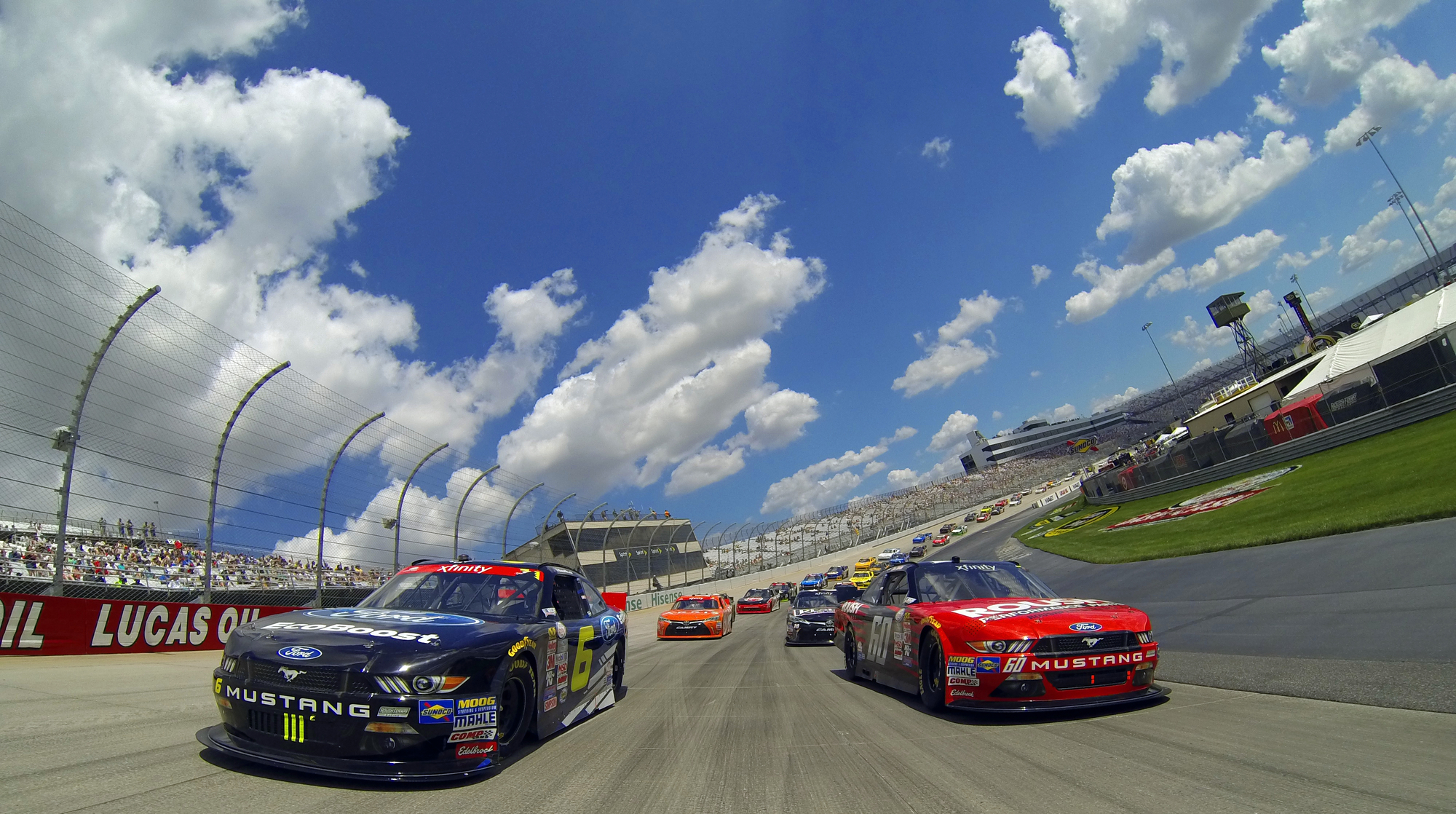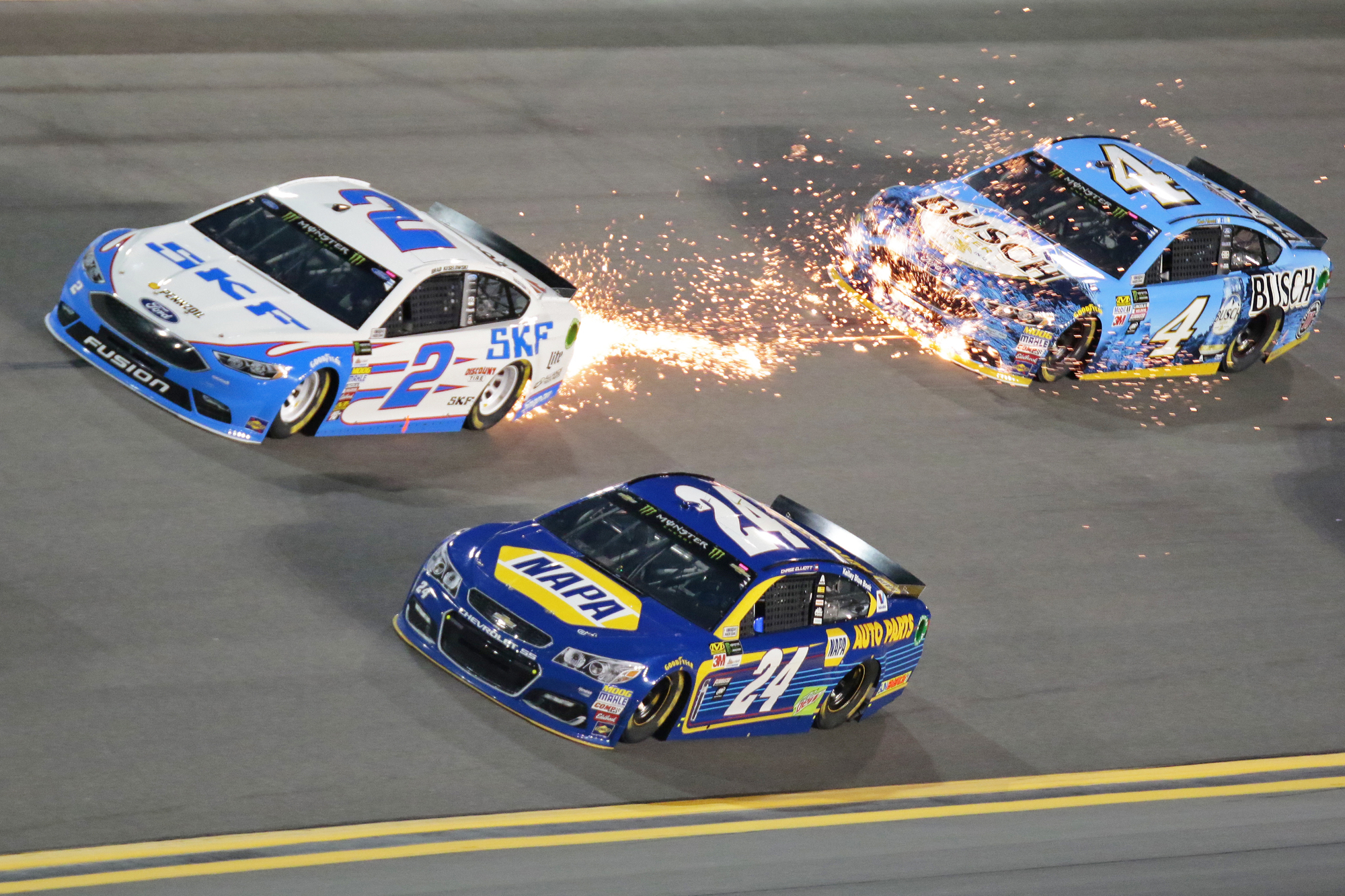Why Do NASCAR Drivers Wiggle Their Cars?
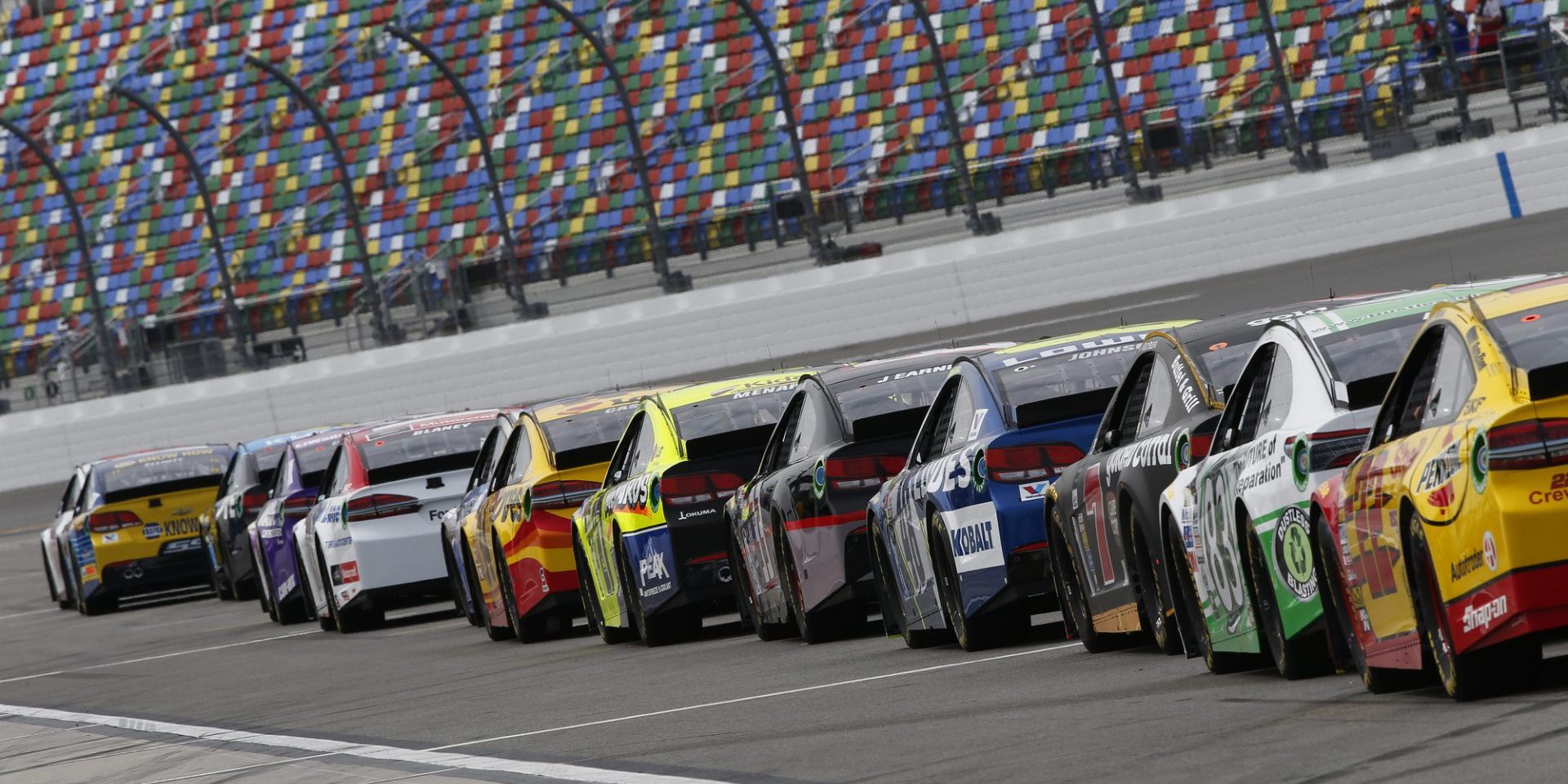
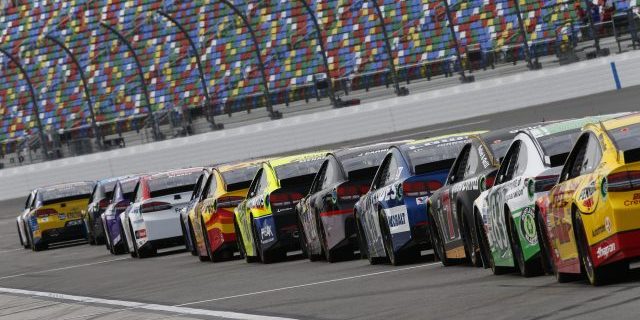
In NASCAR racing, drivers are occasionally observed wiggling or swerving their cars, which may strike spectators as an unusual practice. This technique, however, is more than just a pre-race spectacle and plays a critical role in race preparation. Drivers perform this action purposefully to address key aspects of their car’s performance before and during races. The movement is designed to achieve two primary objectives: heating up the tires to the optimal temperature for better traction and cleaning off debris, such as rubber build-up, commonly referred to as “marbles.”
As NASCAR races commence, maintaining tire integrity is crucial for the drivers’ safety and the vehicle’s handling capabilities. Wiggle maneuvers generate friction, which raises the temperature of the tires. Warmer tires provide improved grip on the track surface, which is essential for control at high speeds. Furthermore, the ceramics, consisting of small bits of rubber, can accumulate on tires and affect the car’s performance. By swerving, drivers can effectively remove these marbles, thus ensuring the tire surfaces are clean for maximum effectiveness during the competitive laps.
Table of Contents
Understanding Car Dynamics and Tire Conditions
In NASCAR racing, tire conditions and car dynamics are central to performance. Proper management of these factors can significantly affect a car’s grip and stability on the track.
Tire Grip and Heat
Tire grip is the frictional force that enables a car to move without slipping. This grip arises from the interaction between the tire and the track surface. Higher temperatures generally improve the tire’s grip because heat increases the pliability of the rubber, enhancing its ability to conform to the track surface.
- Importance of Temperature: Optimal tire performance depends on maintaining the right temperature, which affects traction.
- Heat Generation: Tires are warmed by friction with the track and by internal flexing of the tire rubber during normal racing conditions.
Track Surface and Rubber Interaction
Tire performance is also closely related to the condition of the track surface and its interaction with rubber:
- Track Texture: Different track surfaces have varying levels of abrasiveness, which can accelerate tire wear or affect heat retention.
- Rubber Build-up: Over the course of a race, worn rubber pieces, referred to as “marbles,” accumulate on the track, leading to a loss of traction in areas outside the main racing groove.
Racing strategies often include the manipulation of tire conditions to maintain optimal grip and control on the track. The interaction between tires and track surface is a defining aspect of how drivers manage their vehicles during a NASCAR race.
The Importance of Tire Maintenance in Motorsport
Tire maintenance is vital in motorsport, impacting vehicle performance and team strategy. Below, we discuss the role of tires in racing dynamics and team decisions.
Effect of Tire Wear on Performance
Tires are the only point of contact between a race car and the track. As tires wear, grip levels reduce, leading directly to longer braking distances, less cornering stability, and slower acceleration. Teams in motorsport must monitor tire wear closely to maintain optimal performance. Goodyear, the exclusive supplier for many racing series, designs tires that can withstand the severe conditions of racing while providing the necessary grip.
- New Tires: Offer the best performance; crucial for fast laps.
- Worn Tires: Performance degrades; increased risk of failure.
Racing Strategies and Tire Compounds
Choosing the right tire compounds is a strategic decision for teams. Compounds range from soft, which offers more grip but wears quickly, to hard, which is more durable but provides less grip.
- Soft Compounds: Faster lap times, higher wear.
- Hard Compounds: Slower lap times, lower wear, and potentially more consistent performance over a longer period.
Teams must balance these options, considering factors like track conditions, weather, and race distance. The strategic use of tire compounds can make the difference between winning and losing in high-stakes motorsport competitions.
Safety Protocols and Race Regulations
In NASCAR, safety protocols and race regulations are designed to maximize the safety of drivers and to maintain the integrity of the sport.
Preventing Accidents and Enhancing Control
The act of NASCAR drivers wiggling their cars, also known as swerving or weaving, before the race is a safety measure to ensure their vehicles have better control upon the start. This action heats the tires, which can be too cold at the beginning of a race, leading to reduced traction. Warm tires provide better grip on the racetrack, which is essential to prevent accidents, particularly during the high-speed contest of a race.
Control Techniques:
- Heating Tires: Drivers swerve to generate heat through friction, increasing tire temperature for optimal performance.
- Cleaning Tires: Swerving also helps clear debris off the tires, known as ‘marbles’, which can cause skidding.
Role of Cautions and Restarts
Regulations regarding cautions and restarts are other critical components of NASCAR’s safety measures. Cautions, indicated by the yellow flag, slow down the race due to an accident or hazardous conditions on the track, allowing drivers to regain control and safety personnel to address the issue.
Restart Procedures:
- Cold Tires: Following a caution, tires cool down, making the subsequent restart a critical point where control could be compromised.
- Green Flag: After conditions are deemed safe, a green flag signals the restart of the race, where drivers employ previously employed techniques to quickly bring their tires back to suitable racing temperatures and ensure control is maintained.
Comparative Analysis: NASCAR vs. Other Racing Series
This section explores the differences in tire warming techniques between NASCAR and Formula 1, as well as outlines the distinct characteristics that define NASCAR racing.
Warming Tires in Formula 1 vs. NASCAR
In Formula 1 (F1), tire warmers are used pre-race to bring tires up to optimal operating temperatures, ensuring immediate grip when cars hit the track. Conversely, NASCAR vehicles are not equipped with tire warmers, making it necessary for drivers to warm their tires by driving in a weaving pattern during caution laps or before the race start. At circuits like the Charlotte Motor Speedway, the importance of appropriately warmed tires cannot be overstated, as they significantly affect car handling and safety.
- Formula 1: Utilizes tire warmers.
- NASCAR: Drivers manually warm tires through car movements.
Distinct Characteristics of NASCAR Racing
NASCAR, a staple of American motorsports, has a unique set of characteristics that differentiates it from other racing series. The stock cars used in NASCAR races are heavier and have less downforce compared to F1 cars, which affects their handling and requires a different driving style. Race formats often include oval tracks, like the Charlotte Motor Speedway, showcasing high-speed endurance racing, and the absence of tire warmers complicates tire management for the teams.
- Racing Vehicles: NASCAR uses stock cars, visibly distinct from F1’s open-wheel design.
- Race Tracks: Predominantly oval tracks with an emphasis on endurance.
By considering the unique aspects of NASCAR alongside global staples like Formula 1, fans and enthusiasts can appreciate the diverse techniques and strategies employed in the world of racing.
Audience Engagement and the NASCAR Experience
In the world of NASCAR, fan engagement extends beyond mere spectating, as enthusiasts seek to understand the nuances of car handling and performance on the tracks.
Fan Perspectives on Car Handling and Performance
For fans at the racetrack, observing the performance of NASCAR vehicles is more than entertainment; it is an educational experience. They often witness drivers performing a maneuver known as ‘weaving’ or ‘zigzagging’ across the track. This action is not a random display of driving skills; rather, it’s a deliberate technique utilized by drivers.
- Weaving: When a NASCAR driver wiggles their car back and forth, they are typically trying to achieve one of several objectives:
- Heat in the Tires: Generating heat in the tires for better grip.
- Removal of Debris: Cleaning off debris from the tires to prevent loss of traction.
- Fuel Mixing: Ensuring the fuel mixes properly for optimal engine performance.
The audience, many of whom follow every race with fervent attention, discuss these tactics among themselves, often sharing knowledge and insights.
- Experience at the Track: The live experience for fans at oval NASCAR races is enhanced by their proximity to these intricate maneuvers. They get to see firsthand how drivers handle their cars at high speeds and make split-second decisions, which is different from the experience of watching on television.
Engagement with the sport is heightened as fans analyze the strategies used by drivers to navigate their cars around the racetrack. This shared understanding and appreciation for the skill involved in car handling creates a bond between the fans, further solidifying the unique experience that NASCAR offers.







